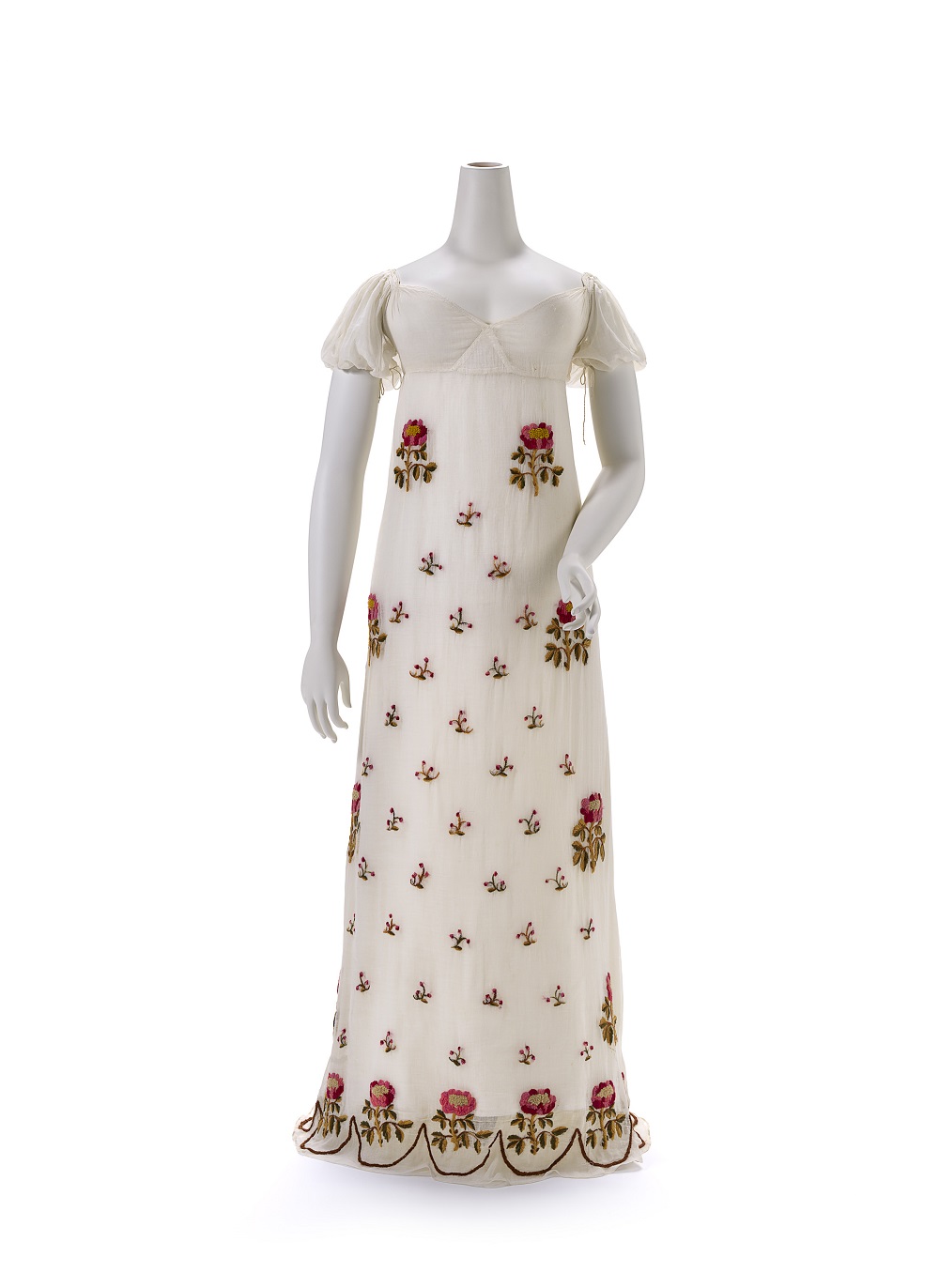
The Global Life of Design at NGV
From pigments to produce, timber and textiles, the global exchange of commodities throughout history has influenced design traditions, leading to breakthroughs in technology, the rise of luxury markets and the development of consumer culture. Spanning the Middle Ages to the present day, The Global Life of Design presents over 100 NGV Collection works created from – or in response to – materials that became available through global trade, including exquisite garments made from silk and Indian muslin, elaborate teaware, ostrich feather fans and lacquer furniture.
Presented across four thematic sections that explore the exchange of knowledge, natural resources, luxury and technologies, the exhibition examines and reveals the interlocking networks of power, economics and influence that continue to shape design practices today. The exhibition juxtaposes important historical designs with contemporary works, creating dialogues between different times, places and traditions in order to examine the complex legacy of global trade and its entanglement with colonialism.
The introduction and enthusiasm for tea in Europe had a huge impact on the design and manufacturing industries, which developed beautiful teaware and decorative items for the consumption, storage and presentation of the new and precious commodity. Highlights from the exhibition include an exquisite Teabowl and saucer, c. 1720-1725, manufactured in Böttger porcelain, the earliest hard-paste porcelain formula employed at the Meissen Porcelain Factory in Germany – the first European factory to develop the secrets of hard-paste porcelain. Offering a contemporary counterpoint is Ai Weiwei’s Cube of tea, 2006, in which tea is compressed into a geometric form that speaks to China’s rise to a global power, its burgeoning population and international trade dominance.
In the eighteenth and nineteenth centuries, textiles – particularly muslin and silk – were valuable and luxury commodities. On display is an 1820s English Dress, made from the fine, dianphanous muslin which was introduced to England from India in the seventeenth century. The work is paired with an 2018 Ensemble by British designer Richard Malone, an example of the exploration of new textile technologies to combat ecological issues created by the modern fashion trade. The fabric used is created from recycled ocean plastic and is woven by the Oshadi weaving workshop located in the southern Indian state of Tamil Nadu, where the female workers are guaranteed fair-trade wage and provided with housing, apprenticeships and education for their children.
Also on display is Christien Meindertsma’s Flax chair, 2015-2017, which is made from a new bioplastic material composed of flax and polylactic acid. The work draws attention to the historic cultivation, farming and processing of flax for cloth in the Netherlands. Today, however, Dutch linen mills lie dormant and the flax is exported to mega-scale textile factories in Asia, reflecting the global trend for production to move to wherever the labour is cheapest.
Tony Ellwood AM, Director, NGV, said: ‘Art and design have always been shaped by the movement of people and resources. Placing historical and contemporary design from the NGV Collection in conversation, indeed many for the very first time, this cross-collection exhibition reveals the influence of global trade and exchange on design traditions from the Middle Ages to the current day.’
The Global Life of Design is on display now through 29 Jan 2023 at NGV International, St Kilda Road, Melbourne. Free entry. Further information is available via the NGV website: NGV.MELBOURNE
